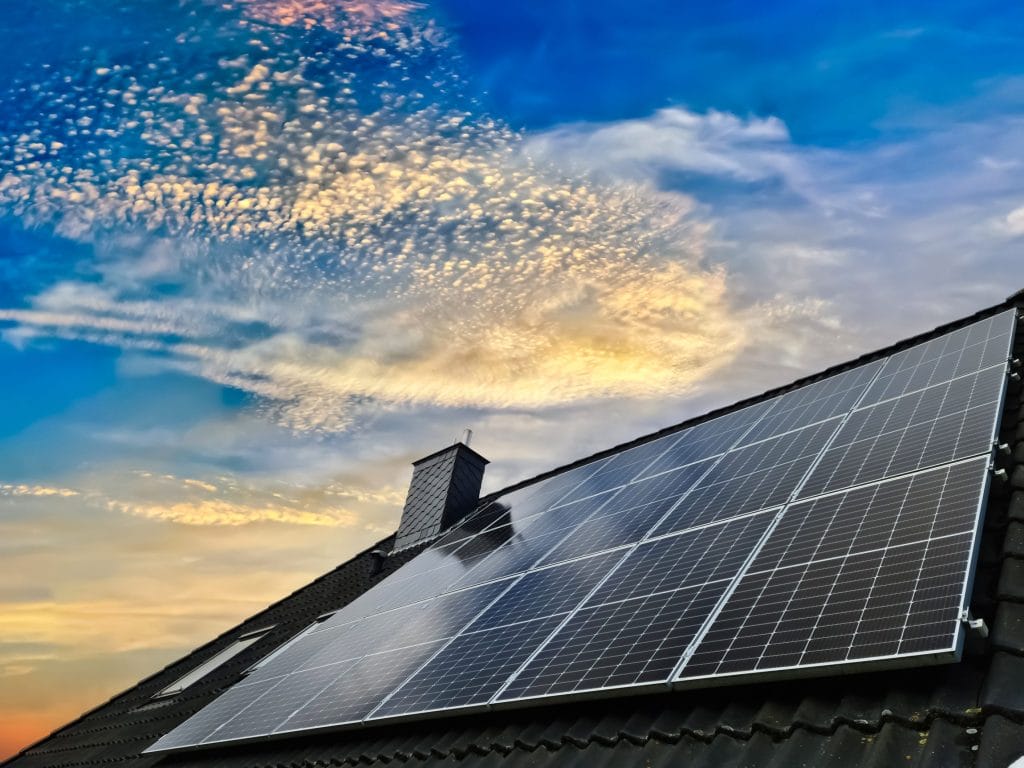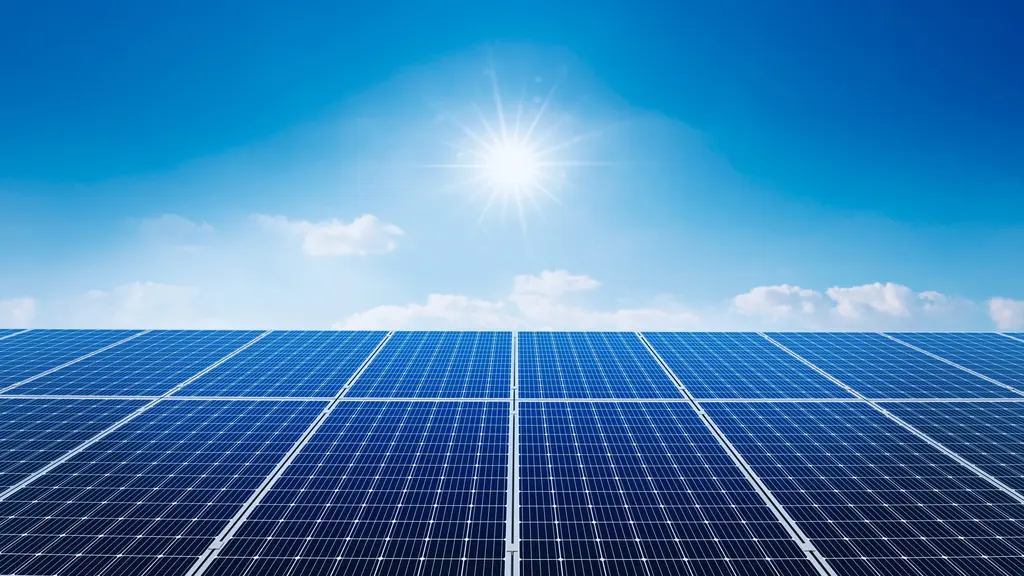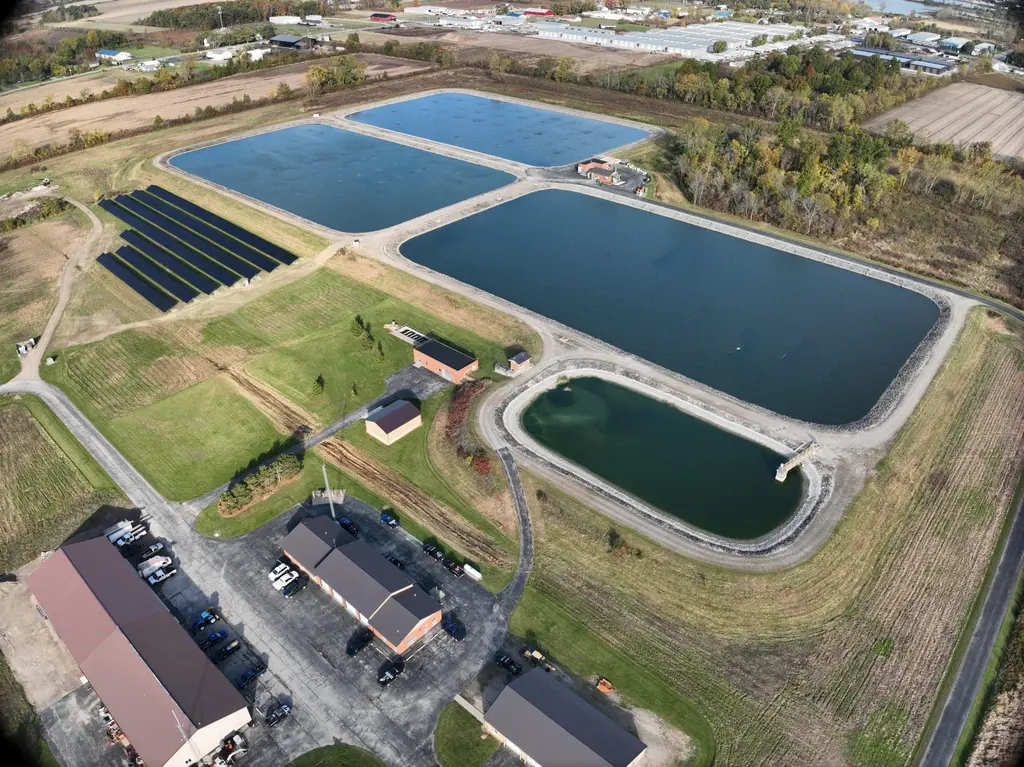First renewable energy project will reduce carbon emissions on Kent State campus
Athens, Ohio— Kent State University in Kent, Ohio, is installing 1,716 solar panels on the Kent State Field House. Covering almost one acre of roof area, this installation is believed to be the largest roof-mounted system among Ohio’s public universities. Scheduled to be completed in July, it is the first renewable energy project for Kent State, and is being completed by Third Sun Solar of Athens, Ohio.
The solar array will generate about 500,000 kilowatt hours of clean electricity per year – about one-third of the annual consumption of both the Field House and Dix Stadium, or enough to power about 50 average homes. The project will eliminate an average of 779,000 pounds of carbon dioxide (CO2) emissions per year, which is roughly equivalent to removing 70 cars from the road per year.
“We have been searching for funding opportunities to install solar panels on this roof for many years, and it is great to see the installation underway,” said Tom Euclide, Kent State’s associate vice president for Facilities Planning and Operations. “The benefits of adding this renewable energy source to our campus energy portfolio will not only help keep our costs lower for decades to come, but will also provide a visual reminder of Kent State’s leadership in sustainability, energy conservation, and the use of renewable energy.”
“Facilitating the installation of energy-saving technologies—and now, renewable solar energy systems—is extremely satisfying,” said Robert Misbrener, project manager, sustainability, energy conservation, commissioning in the Office of the University Architect at Kent State. “The true goal is to demonstrate our stewardship of the environment and empower generations of students to carry that mission to the world.”
Kent State does not initially own the solar panel system, but will purchase all of the electricity produced by the system, while retaining the option to purchase the system after seven years. Some larger system components are being included to allow for the potential expansion of the Kent State Field House facility.
“Potentially, the sun’s energy can fulfill all of the world’s power needs many times over,” Misbrener said. “Sunlight contains energy that can be turned into electrical current, which can be harnessed for power. There are no harmful emissions from the sun as an energy source; it won’t run out, and best of all, it’s free.”
Kent State already produces most of its own energy in its combined heat and power plant that uses natural gas to power electric turbines. The heat typically released into the atmosphere by a power plant is, instead, saved and used to heat and cool the campus, making the university’s power production substantially more energy efficient than utility power systems. The university will reduce its fossil fuel consumption as it continues to develop renewable energy as one of its sustainability initiatives.
For more information about Kent State’s sustainable construction projects, visit www.kent.edu/universityarchitect/energy_conservation/index.cfm.







